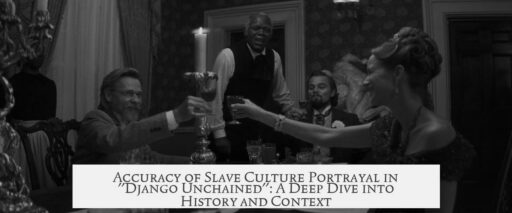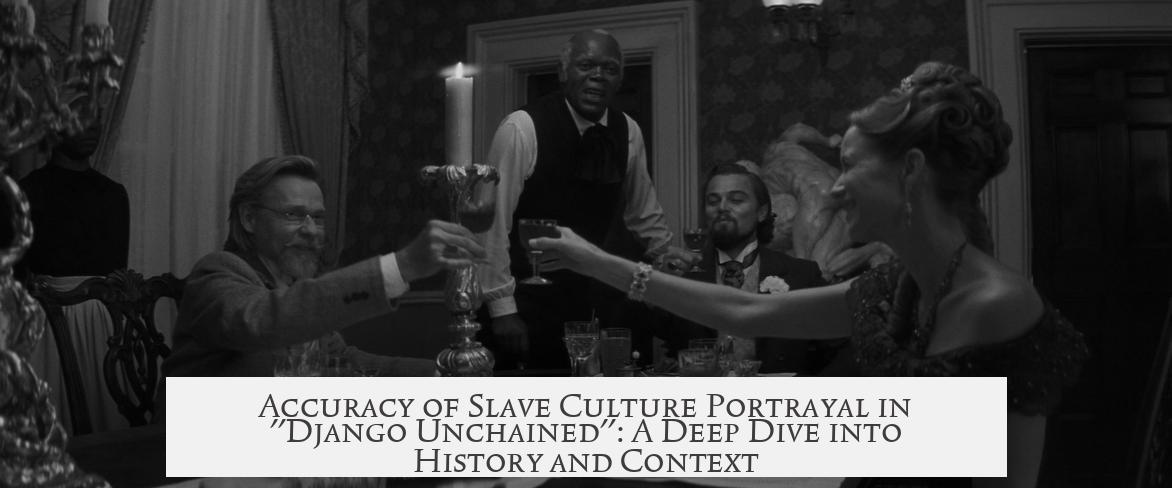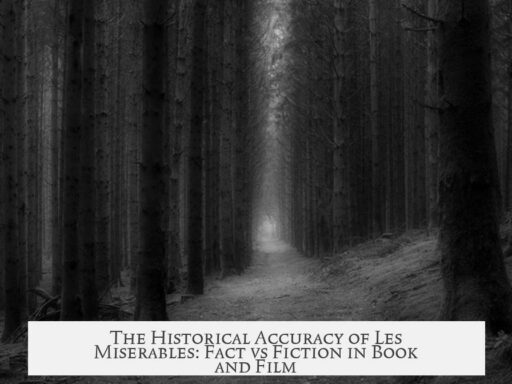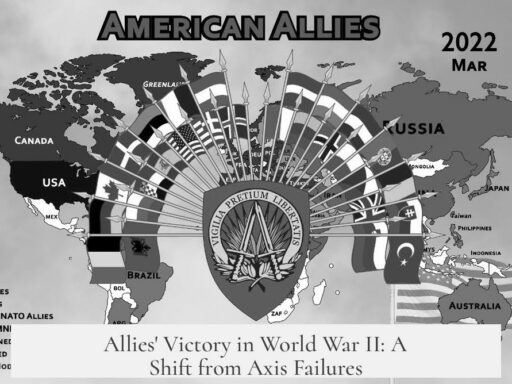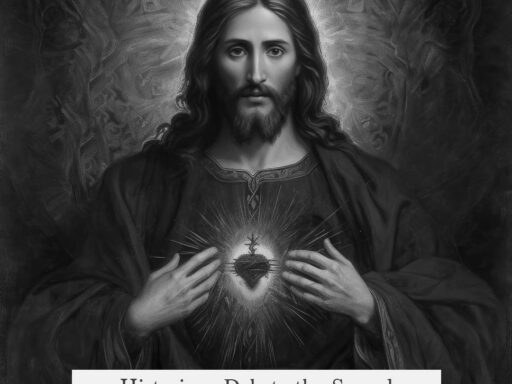The portrayal of slave culture in the recent film “Django Unchained” blends fictional elements with some historical context but falls short of historical accuracy in key areas. The movie exaggerates aspects of slavery for dramatic effect and entertainment rather than strict realism. One notable example is the depiction of Mandingo fighting, a brutal practice shown in the film that lacks concrete historical evidence.
Mandingo fighting, as depicted, is widely disputed by historians. Tarantino drew inspiration for this concept from 1970s exploitation films rather than documented history. Economic logic further contradicts its existence; slave owners relied on the productivity of their slaves. Sacrificing strong and healthy slaves in deadly fights would have been financially irrational. While rumors have circulated, no reliable records confirm Mandingo fighting as a historical practice.
Regarding freedmen, the film’s treatment oversimplifies their complex realities. After emancipation, freedmen generally lived in northern or western states where slavery was illegal but racism persisted. The South was often hostile, exposing freedmen to risks of re-enslavement and harsher treatment. Furthermore, societal acceptance was limited in most regions. Many African Americans sought refuge in established black communities in Canada, where freedoms were more secure following the Revolutionary War promises made to slaves who fought for the British.
The film should be viewed primarily as entertainment rather than a documentary account. Like Tarantino’s “Inglourious Basterds,” it uses historical settings as backdrops for fictional stories with hyperbolic violence and dramatization. The film emphasizes the brutal and pervasive racism characteristic of the antebellum South, which history documents as deeply entrenched in cultural and social systems.
- Mandingo fighting lacks historical evidence and economic viability.
- Freedmen faced serious challenges with limited social integration, mainly thriving in northern states or Canadian communities.
- The film prioritizes entertainment over strict historical fact, similar to other Tarantino works.
- Racism in the antebellum era was pervasive and deeply embedded in all aspects of society.
In the Recent Film “Django Unchained,” How Accurate Was the Portrayal of Slave Culture in the South?
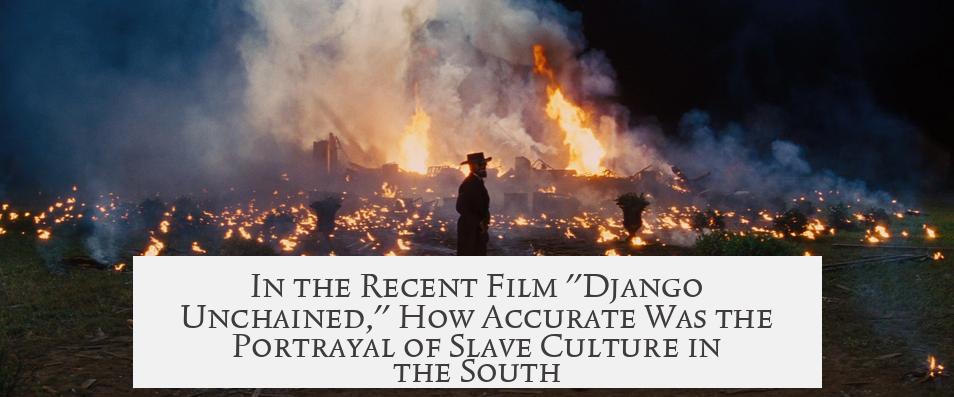
Let’s get straight to the point: Quentin Tarantino’s “Django Unchained” is far from a documentary. It’s a stylized, revenge western that uses slavery as a backdrop, but its portrayal of slave culture in the South is more Hollywood than history.
Okay, so you’ve seen Django slicing and dicing his way through brutal plantation life, and maybe you’re wondering—how much of that reflects reality? The answer requires peeling back layers of myth, fact, and pop culture. Let’s unpack this.
Mandingo Fighting: A Fighting Fantasy?
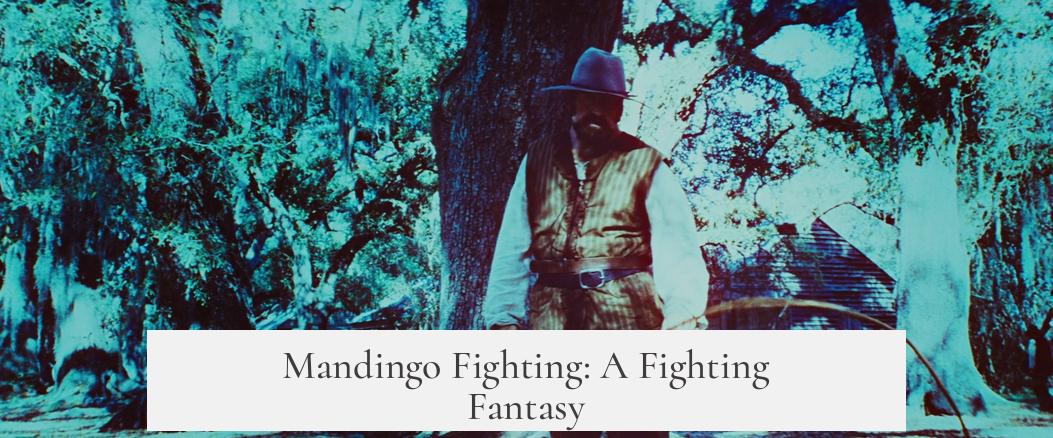
One of the more notorious elements in “Django Unchained” is the spectacle of Mandingo fighting, where slaves were forced to battle for the entertainment and profit of their owners. Sounds grimly plausible, right? Well, here’s the thing—historically, there’s no solid evidence this actually happened.
Historians and critics point out a few key problems with this idea. First, the economics of slavery make it unlikely. Slaves were expensive property. Owners invested thousands of dollars into their labor. Why would they risk killing off their strongest, healthiest slaves in deadly fights for mere sport or wagering? That’s bad business sense, plain and simple.
Second, this concept largely comes from 1970s exploitation films, not from historical records. Tarantino, a huge fan of cinema lore, borrowed this sensational idea from that genre. Speculation about “Mandingo fighting” has floated around, but we don’t have reliable records or eyewitness accounts confirming such events. It’s a sharp reminder: just because we see it on screen doesn’t mean it’s true history.
The Brutal Reality Faced by Freedmen
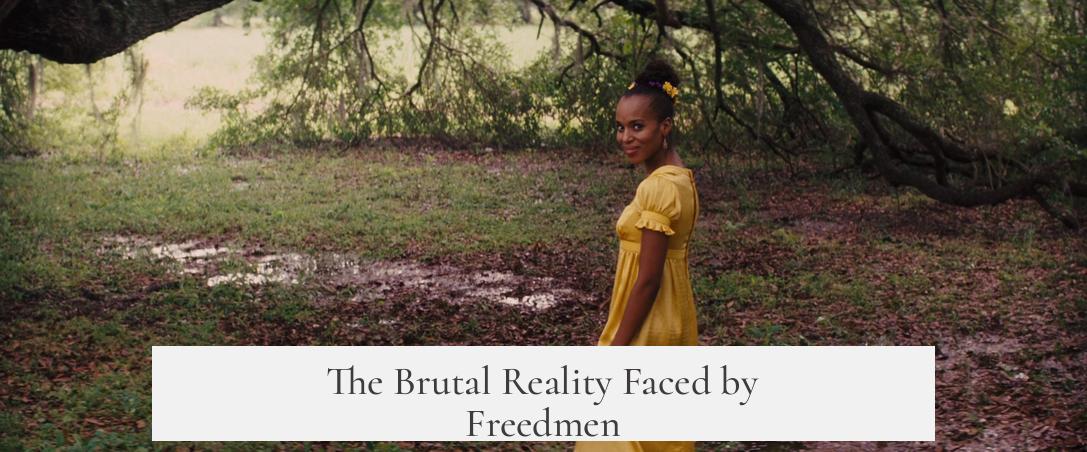
“Django Unchained” mainly focuses on slaves on Southern plantations, but what about freed Black people during that era? Their reality was also harsh, and Tarantino’s treatment is spotty at best.
Historical facts remind us that freedmen mostly resided in Northern or Western states—free states where slavery was outlawed. Those areas were far from welcoming, though. Racism saturated society everywhere, North and South alike, making life tough regardless of legal status. Freedmen were vulnerable to racial violence, social exclusion, and economic hardship.
For freed slaves trying to escape oppression, Southern states were perilous. They risked capture and being forced back into slavery. So, the South was largely hostile to freedmen, adding layers of complexity not fully explored in the film.
Interestingly, many freedmen saw hope by heading north to Canada. Since the Revolutionary War, Canada had become a refuge because Britain offered freedom to slaves willing to fight in their armies. While the film touches on escape themes, it doesn’t dive deep into this historical migration or the Black communities that had formed up there, which were safer havens from the South’s brutal system.
General Historical Accuracy: Tarantino’s Take on History
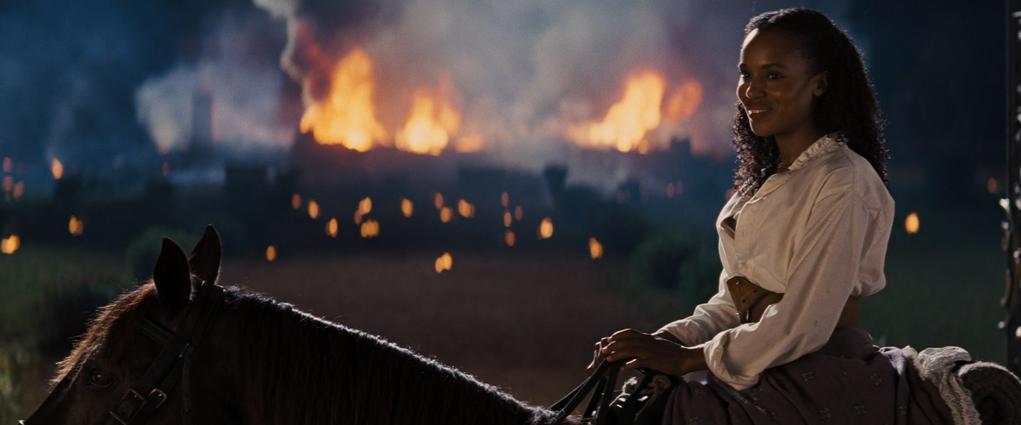
If you’re expecting a history lesson from “Django Unchained,” prepare for disappointment wrapped in style. The film is about as historically accurate as “Inglourious Basterds”—which is to say, not very.
Both films are artistic fiction first, historical fact second. Tarantino’s goal is entertainment, often through hyperbole and outrageous characters, not education. So bear in mind: the film uses brutal realities of slavery as a backdrop but spins a narrative where Hollywood trademarks—like over-the-top violence and poetic justice—take center stage.
The Ubiquity of Racism: A Dark and Inescapable Reality
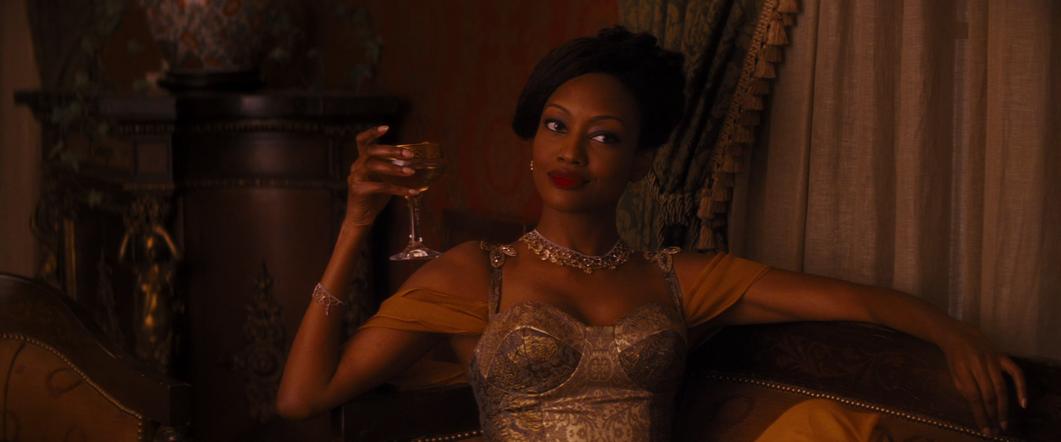
If the film accurately captures anything, it’s the **entrenched, pervasive nature of racism in the antebellum South**. Racism wasn’t just a feature of some individuals’ behavior; it was a foundational element woven through society, culture, law, and everyday life.
Slaves were dehumanized and subjected to merciless brutality backed by systemic power. While Tarantino amplifies this for dramatic effect, slavery’s cruel racial hierarchy was very real and devastating. The film channels some of that raw social horror, even if the details and events are fictionalized.
What Does This All Mean for Viewers?
Here’s the **bottom line**: “Django Unchained” isn’t meant to teach you about slave culture or offer a historically precise depiction. Instead, it uses that brutal past as a lens to explore themes of vengeance and justice, coated with Tarantino’s flair for style, sharp dialogue, and cinematic violence.
If you want to understand the true history, you’ll need to look beyond the screen to scholarship, firsthand accounts, and historical documents. Reality wasn’t as dramatic or neat as you see in the movie—it was harsher and more complex.
Still, the film succeeds in sparking discussion, raising awareness, and revealing something of the rage and resistance that slavery inspired. It’s a potent, if fictional, reminder of an infamous chapter of American history.
Practical Tips for the Curious History Buff
- Use “Django Unchained” as a starting point to explore real slave narratives and historical studies.
- Read firsthand accounts from freed slaves like Frederick Douglass to get an authentic voice.
- Study the economic realities of slavery to understand why certain depictions, like Mandingo Fighting, are unlikely.
- Look into the historical experiences of freedmen in free states and in Canada to get the full picture.
- Remember to separate artistic drama from historical fact when consuming films about history.
So, was “Django Unchained” accurate? Not really. Was it compelling and thought-provoking? Absolutely.
